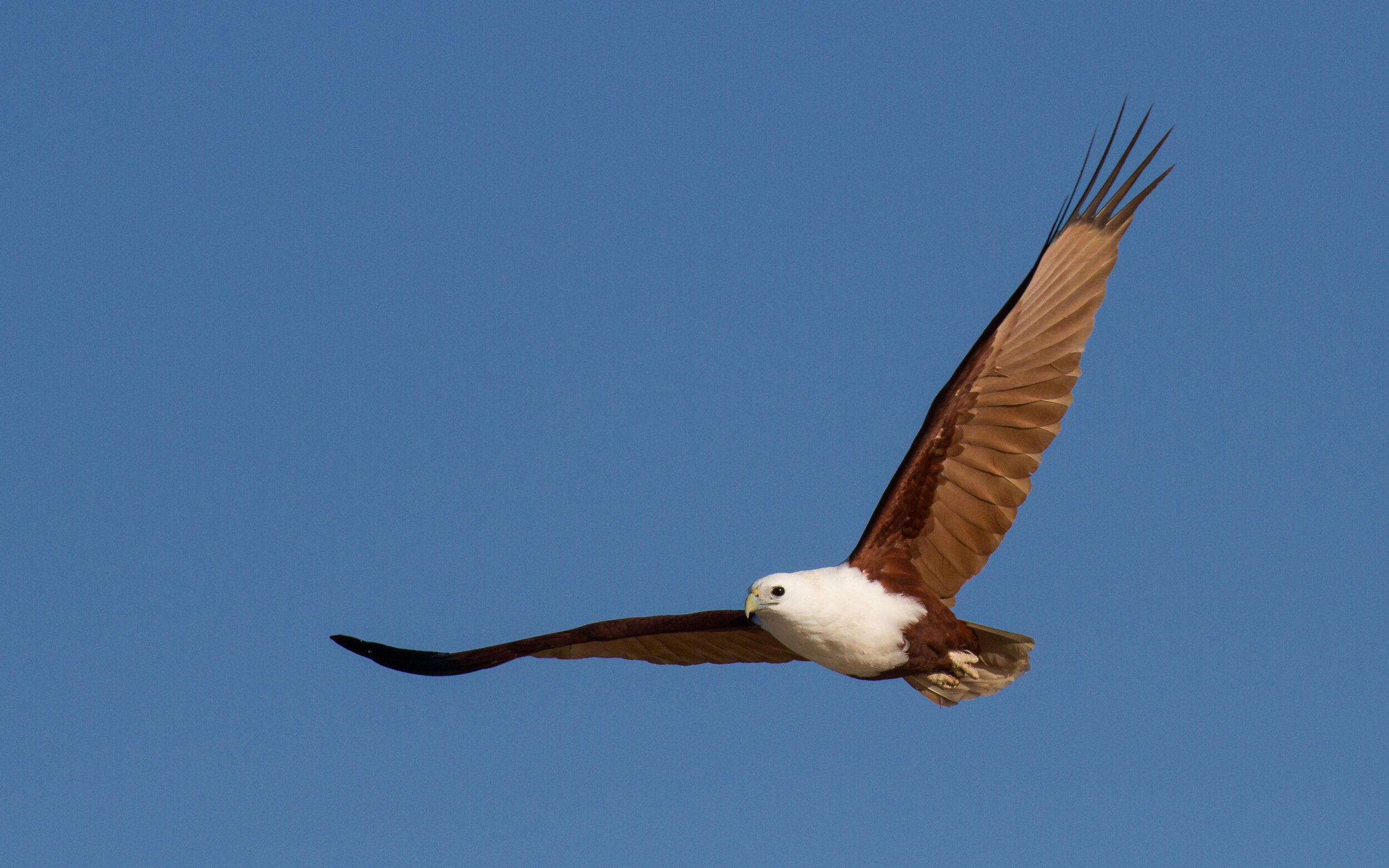Let Sleeping Shorebirds Lie (roost..)
For those familiar with the BBO and the wider shore-birding community, the story of the 20,000 km annual shorebird migration that takes place for our Roebuck Bay waders is one well known and often shared. The impressiveness of this feat can’t be exaggerated. The numbers alone are enough to stun and they reveal just how robust these birds are: some as small as 30g, travelling 20,000 km, certain species flying for 5 days straight and fueled by their ability to double their body weight.
The same weight as a Tim Tam, the wee Red-necked Stint still manages this epic migration season after season.
The grandeur of this feat is easy to be marveled at. However, there is another, less glamorous story of the shorebirds. It takes place everyday during high tide, while the turquoise water of Roebuck Bay covers its rich mudflats. At this time shorebirds must stop feeding and wait patiently on the high tide line for the water to retreat, until they can return to the mudflats, which critically fuels their epic migration. It’s during these lazy high tide times (two hours either side of high tide) that our shorebirds can have a well deserved (if not enforced) break.
This is essential in their efforts to conserve energy. High tide is also a favourite time for fishing, boating and walking along the beach for Broome’s human population. During this time shorebirds are easily disturbed and will avoid the predator or threat by taking to the air in a swirling flock, calling to one another until the threat has passed or relocate to another roost, which may be many kilometres away.
Often people interpret ‘don’t disturb the birds’ as avoiding intentionally walking through the roosting flock, or stopping their dog from taking a shorebird. Research on beach-nesting birds has consistently found that the mere presence of humans and dogs walking at some distance is enough to trigger a flight response from the bird. For beach-nesting birds this means disruption to foraging time, unnecessary flight and abandonment of nest incubation while trying to deter the predator from the est sit (Weston & Stankowich 2014).
Although not nesting on the beaches, the disturbance caused by beach users initiates a similar ‘alarm flight’ response in migratory shorebirds and burns a great deal of precious energy. With many of Roebuck Bay’s shorebirds listed as ‘Endangered’ and ‘Critically Endangered’ it is vital that they are able to use this high tide roosting time to conserve the energy they have been working so hard over summer to accumulate.
This is what a disturbance alarm flight looks like.Beautiful to watch, but potentially highly detrimental to shorebirds.
So how often does disturbance occur, what are its consequences and what are we doing about it?
The BBO received funding from DBCA (Department of Biodiversity, Conservation and Attractions) to undertake research for twelve months through our Shorebird Disturbance Monitoring Project. Twice monthly, once on a weekend and once on a weekday, BBO staff and our super helpful volunteers set up their scope, seats and clipboards in the shade of known roosting sites for four hours over the high tide period. During these watches we are recording how often shorebirds are disturbed and what causes the disturbance (bird of prey, boat, dog walkers, people fishing to name a few). At the same time a BBO warden and a DBCA ranger are interviewing all beach users to work out how, where and why they use Roebuck Bay. We’re also asking questions that help us gain an understating of how much the public knows about the shorebirds, this will help us direct our efforts more effectively into current blind-spots.
A typical disturbance monitoring set up!
Usually a boab tree is our source of shade during our watches but you can get creative with shade.
This project is replicating the same study undertaken in 2005. We’re hoping by replicating this study we can compare results and see what changes have occurred in Roebuck Bay and levels of disturbance in the intervening years. For those playing along, who causes the most disturbance (so far it’s the same suspect as our 2005 project revealed)? The answer: birds of prey! Yes, of course they’re a natural phenomena however the extra presence of human activity in this mix compounds the effect of this disturbance.
The project has already run for six months so there is still time left to join in! It is a great way to spend the high tide period in beautiful Roebuck Bay and new volunteers will be paired with experienced shore-birders. We’ll show you how to use a scope and help you brush up your shorebird ID skills. The results of this study will be used to inform management decisions in Roebuck Bay. Our aim is for the shorebirds to continue their migration for generations to come, we can all achieve this by ensuring we give roosting shorebirds a wide berth, keeping dogs on a leash and choosing fishing sites away from roost sites. This way we can all enjoy what bountiful Roebuck Bay has to offer, together.
- Jane
Weston, M & Stankowich, T, 2014, Dogs as agents as disturbance, Free-ranging Dogs and Wildlife Conservation, Oxford University Press.






